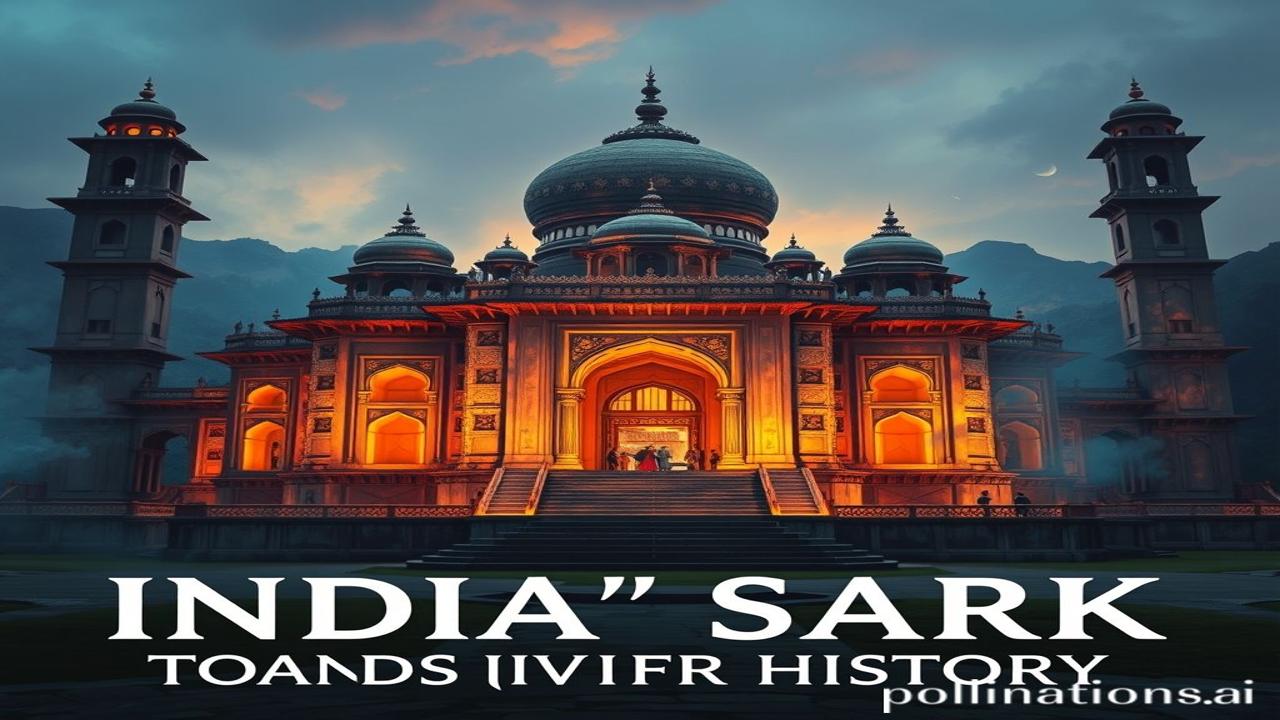India’s Maritime Saga: Whispers from Ancient Port Towns
Kabhi socha hai, jab monsoon winds apne saath Sindh ki mitti ki mehek lekar aati thi, tab Hindustan ke bandargahon par kaisi hulchul hoti thi? Imagine the sounds of creaking wooden ships, the bargaining cries of merchants from far-off lands, the rhythmic chanting from the temples that lined the shores. Waqt ki dhool mein kuch aise hi afsaane chhup gaye hain, afsaane hamari maritime history ke…afsaane Hindustan ke bandargahon ke! Let’s dive deep into this fascinating chapter.
Hindustan Samundar Ka Shehzada: The Maritime Epoch Begins
What are we talking about? We’re talking about India’s intimate relationship with the sea, a connection that stretches back millennia. From the Indus Valley Civilization (around 3300-1700 BCE) to the mighty empires of the Cholas and Marathas, the oceans have shaped our history, culture, and trade. It’s not just about crossing oceans; it’s about crossing cultures, ideas, and building a nation that was, and remains, deeply connected to the world.
Why is it so important? Well, it’s the foundation upon which much of our prosperity was built. Think about it: trade routes brought wealth, knowledge, and new technologies. Our ports became melting pots of cultures, fostering innovation and a cosmopolitan outlook. It’s the reason spices like cardamom and pepper became treasures, sought after by emperors and merchants alike. Yeh sab Bharatiyata ka ek important hissa hai.
Zameeni Sach: Life Amidst the Waves and Cargo
Imagine the bustling port of Lothal, a city of the Indus Valley Civilization. The year? Say, 2300 BCE.
“Arre Bhai, yeh jo Misr se aaya hai, kaunsa samaan hai?” Ramu shouted over the din of the harbor.
“Yeh? Yeh toh Misri kapas hai, behene ke liye, aur kuch mitti ke bartan bhi,” Shyam replied, wiping sweat from his brow.
Ma Rukmini ne aaj naye kapde pehne, kyunki mandir mein jaldi hi sagar devta ki pooja hone wali thi. Her prayers would ensure safe passage for the ships and prosperity for the port.
These port towns weren’t just about trade; they were microcosms of Indian society. Artisans crafted intricate jewelry and textiles, sailors braved treacherous waters, and merchants brokered deals that shaped the fate of kingdoms. They all lived, breathed, and dreamed amidst the salty air and the rhythm of the tides. In short, they were the backbone of a thriving economy and a vibrant cultural exchange.
Dharohar Aur Pehchan: Echoes of the Past in the Present
Even today, we see the echoes of our maritime past in countless ways. Our cuisine is rich with ingredients brought by sea, our languages are peppered with loanwords from distant lands, and our architecture reflects the diverse influences that converged on our shores. The vibrant fishing communities along our coast, the maritime festivals celebrated with fervor – these are all living testaments to our enduring connection with the sea. Bharatiya Navy is a modern day example of this legacy. They protect us and ensure our trade routes are safe.
Mazedar Tathya: Unveiling Hidden Gems
Log samajhte hain ki India’s maritime history sirf British Raj se shuru hui. Lekin asli sach yeh hai ki hum toh tab se samudri taqat the, jab British log ne Hindustan ka naam bhi nahi suna tha. Also, did you know that the Chola dynasty (9th-13th centuries CE) had one of the most powerful navies in the world? They conquered territories across Southeast Asia, establishing a vast maritime empire! Imagine the Chola fleet, hundreds of warships strong, sailing across the Bay of Bengal. It’s a powerful image!
Drishya Aur Bhavnaein: Sensory Immersion
Close your eyes. Imagine the air in a bustling port town. You smell the pungent aroma of spices, the salty tang of the sea, and the earthy fragrance of freshly cut wood from the shipyards. The temple walls, weathered by centuries of sun and rain, feel rough and cool to the touch. The streets echo with the cries of vendors, the laughter of children, and the rhythmic beat of drums during a religious procession. The colors are vibrant – the bright hues of the sarees, the shimmering gold of the ornaments, and the deep blues and greens of the ocean.
Antim Vichar: A Legacy that Endures
India’s maritime history is not just a collection of facts and dates. It’s a living story, a testament to our adventurous spirit, our entrepreneurial drive, and our enduring connection with the world. It’s a story that continues to be written, with each passing wave, each voyage, and each dream of a brighter future.
As the ancient Sanskrit shloka says: “समुद्रवसने देवि पर्वतस्तनमण्डले | विष्णुपत्नि नमस्तुभ्यं पादयोस्स्पर्शं क्षमस्व मे ||” – O Devi, who has the ocean as garments and mountains as bosoms, consort of Vishnu, I bow to you, forgive me for touching you with my feet.
